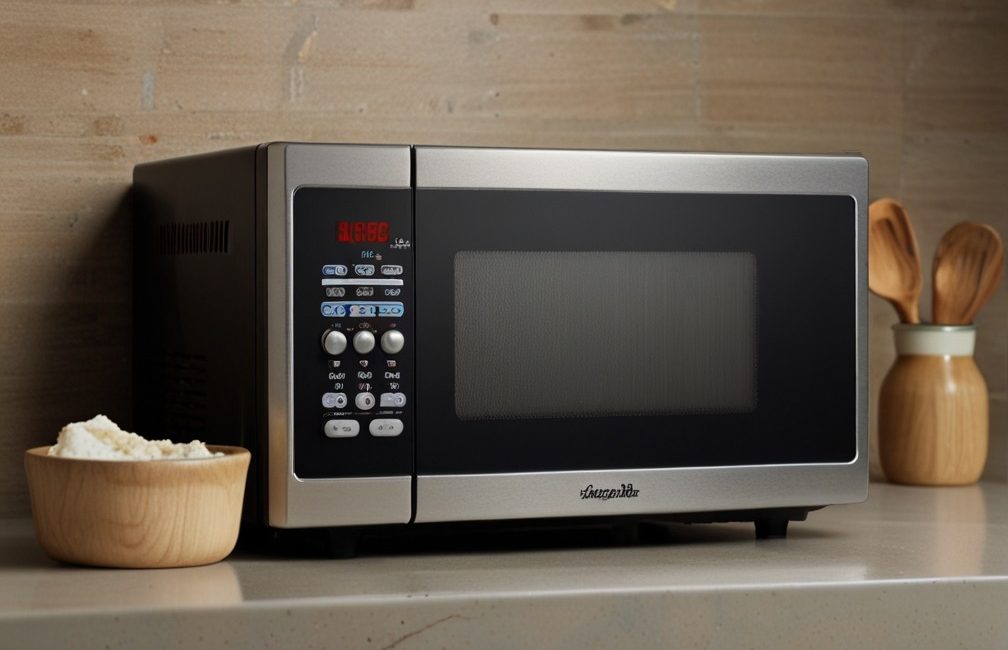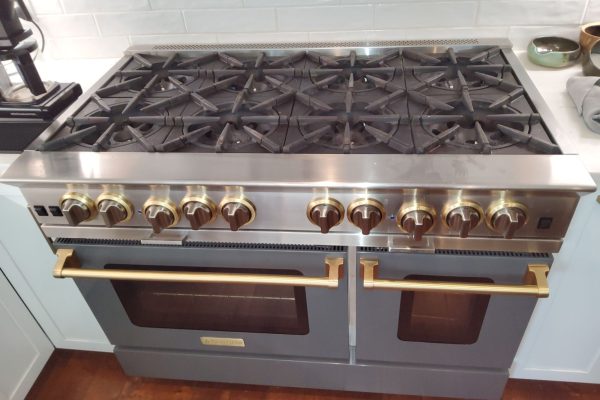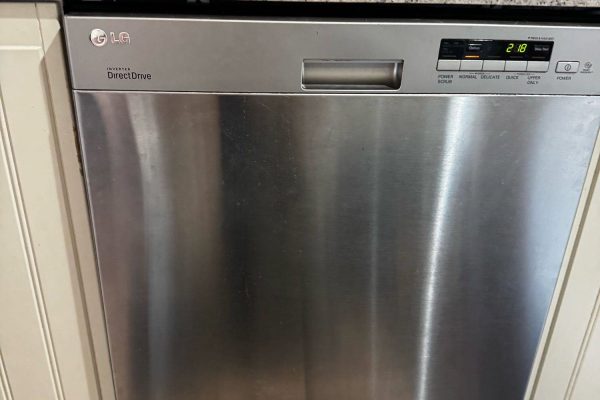Microwave ovens have become indispensable in modern kitchens due to their convenience and efficiency in cooking and reheating food. However, like any electronic appliance, they are not immune to wear and breakdowns, particularly in their timer and electronic control board components. These parts are crucial for the microwave’s functionality, and their failure can render the appliance useless. This article explores the causes, symptoms, and solutions for wear and breakdown of the timer and electronic control board in microwave ovens.
Understanding the Timer and Electronic Control Board
The timer and electronic control board are central to the operation of a microwave oven. The timer allows users to set cooking durations, while the control board processes input commands and manages the microwave’s functions, such as power levels, cooking modes, and timing.
The timer in a microwave can be either mechanical or digital. Mechanical timers use physical dials and switches, while digital timers rely on electronic circuits and displays. The timer’s role is to control the duration of the microwave’s operation, ensuring that food is cooked or reheated for the appropriate amount of time.
The electronic control board, often referred to as the control panel or PCB (printed circuit board), is the brain of the microwave oven. It interprets user inputs from the keypad, controls the timer, and regulates power to the magnetron (the component that generates microwave radiation). The control board coordinates all functions, ensuring the microwave operates correctly.
Causes of Wear and Breakdown
Mechanical Wear:
Mechanical timers, due to their physical components, are susceptible to wear over time. Constant turning of dials and pressing of buttons can lead to deterioration of the contacts and moving parts, eventually causing the timer to malfunction.
Electrical Overload:
Electrical surges or overloads can damage the sensitive circuits of the electronic control board. Lightning strikes, power outages, or faulty wiring can result in electrical spikes that the control board cannot handle, leading to failures.
Heat and Moisture Exposure:
Microwaves generate significant heat during operation, and the cooking process often releases steam and moisture. Over time, this heat and moisture can infiltrate the control board, causing corrosion and damage to the electronic components.
Component Aging:
Like all electronic devices, the components of the control board and digital timers degrade with age. Capacitors, resistors, and other parts can fail due to prolonged use, leading to malfunctions.
Manufacturing Defects:
Occasionally, manufacturing defects or poor-quality components can result in premature failure of the timer or control board. These defects may not be apparent immediately but can lead to issues within a few years of use.
Symptoms of Timer and Control Board Issues
Unresponsive Controls:
If the microwave’s keypad becomes unresponsive or certain buttons stop working, it is often a sign of a faulty control board.
Erratic Timer Behavior:
A timer that fails to count down correctly, stops intermittently, or resets unexpectedly indicates wear or electronic issues. For mechanical timers, difficulty in turning the dial or hearing grinding noises can also be a sign of wear.
Inconsistent Cooking Performance:
When the microwave cooks unevenly or fails to start despite setting the timer, the control board might be at fault. The board’s inability to regulate power properly affects the microwave’s performance.
Display Problems:
A dim, flickering, or non-functional display suggests issues with the control board, as the display is directly linked to the board’s power supply and circuitry.
Solutions and Repairs
Diagnosing the Problem:
Diagnosing issues with the timer or control board usually requires a multimeter to check for continuity and proper voltage levels. For digital controls, error codes displayed on the microwave can help identify specific issues.
Replacing the Timer:
For mechanical timers, replacement involves accessing the microwave’s internal components, removing the faulty timer, and installing a new one. This process requires basic tools and some technical know-how. Digital timers, being part of the control board, often necessitate replacing the entire board.
Replacing the Control Board:
Replacing the electronic control board is more complex and typically involves removing the microwave’s outer casing, disconnecting the faulty board, and installing a new one. It’s advisable to refer to the microwave’s service manual or seek professional repair services for this task.
Preventive Measures:
To prolong the lifespan of the timer and control board, consider using surge protectors to guard against electrical surges, keeping the microwave clean to prevent heat and moisture buildup, and avoiding slamming the door, which can jostle internal components.
Professional Repair Services:
When in doubt, seeking professional repair services is often the best course of action. Technicians can accurately diagnose and fix issues, ensuring that repairs are done safely and effectively.
The timer and electronic control board are vital components of a microwave oven, and their wear or breakdown can significantly impact the appliance’s functionality. Understanding the causes and symptoms of these failures can help in timely diagnosis and repair, ensuring the microwave remains a reliable kitchen aid. Regular maintenance and preventive measures can also mitigate the risks, extending the lifespan of these critical components. For complex issues, professional repair services are recommended to ensure the microwave is restored to optimal working condition.
Count on our services as the dependable solution for resolving household appliance issues! If your appliances need repair, fret not – reach out to Oceanside Appliance Service Center, and we’ll help eliminate any inconvenience.
With extensive experience in repairing household appliances of diverse brands and models, our highly qualified technicians possess profound knowledge and expertise in handling refrigerators, washing machines, dryers, dishwashers, stoves, ovens, and more.
We ensure a professional approach to every task, using only original spare parts for repairs. Our primary goal is to restore your household appliances to optimal condition.
Contact us:


